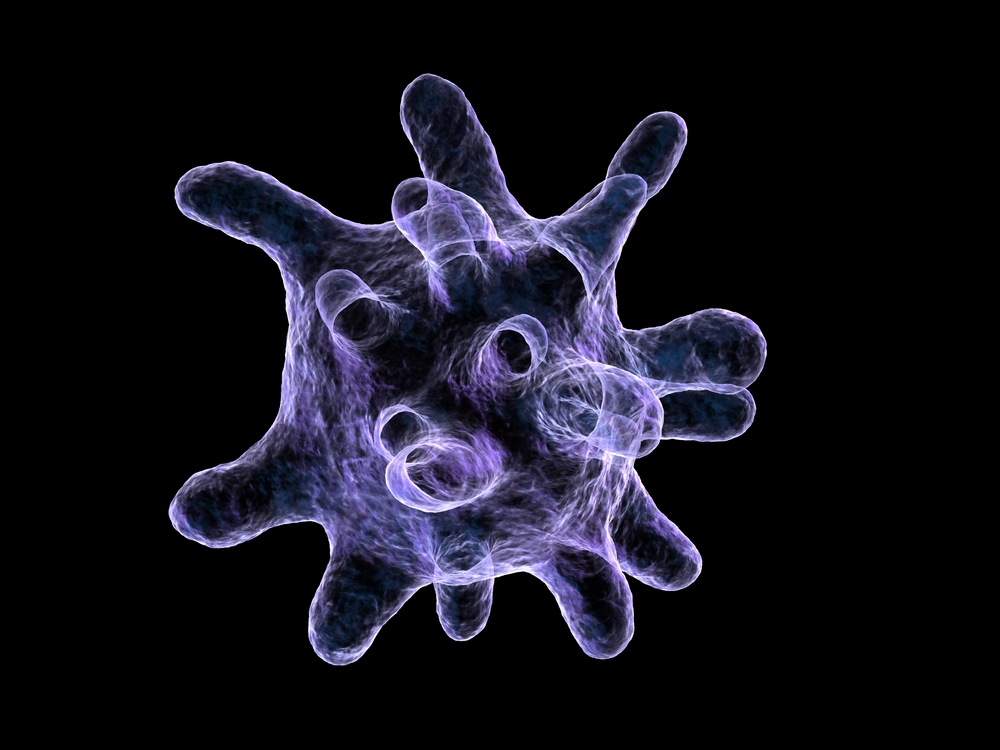 A recent study revealed new metabolic mechanisms that regulate macrophage polarization, a property of macrophages in changing their functional activity depending on the local microenvironment.
A recent study revealed new metabolic mechanisms that regulate macrophage polarization, a property of macrophages in changing their functional activity depending on the local microenvironment.
A new study entitled “Network Integration of Parallel Metabolic and Transcriptional Data Reveals Metabolic Modules that Regulate Macrophage Polarization” was published in Immunity by Abhishek K. Jha, first author, and Edward J. Pearce, Edward M. Driggers and Maxim N. Artyomov, co-senior authors, from Agios Pharmaceuticals in Cambridge, MA; the Department of Pathology & Immunology at Washington University in St. Louis, MO; and ITMO University in Saint Petersburg, Russia, along with colleagues.
Macrophages are specifically localized throughout body tissues, where they ingest and process foreign materials, dead cells and debris and recruit extra macrophages in response to inflammatory signals. They are a very heterogeneous group of cells that can rapidly change function in response to local microenvironmental signals. Resident macrophages (M0) can go through classical activation and become pro-inflammatory macrophages (M1) that destroy pathogens. Or, they can undergo an alternative activation process where macrophages develop an anti-inflammatory function (M2) to be involved in immunosuppression and tissue repair. A better understanding of these processes is crucial for understanding the immune system as a whole. This macrophage polarization involves changes at both transcriptional and metabolic levels. Although there is some knowledge concerning the activation process, the complete picture remains vague.
The research team developed an integrated high-throughput transcriptional-metabolic profiling and analysis pipeline to characterize systemic changes during murine macrophage M1 and M2 polarization. They combined the results based on a network of biochemical reactions, which enabled them to identify the most significant ongoing reactions. The final experiments identified unknown metabolic mechanisms associated with macrophage polarization. Based on these findings, the researchers found the most likely metabolic pathways that occurred in classical and alternative activations. The pathways were validated using 13C and 15N isotope labeling and pharmacological inhibition experiments. The study described the dependence of alternative macrophage activation on glutamine concentration in the local microenvironment, which regulates the activity of TCA cycle, and the synthesis of UDP-Glc-Nac – the molecule needed for post-translational protein modification.
“We developed a method of simultaneous analysis of metabolic and transcriptional data. Now we continue to improve the method and apply it to other biological tasks such as studying cancer metabolism,” said Alexey Sergushichev, PhD student at Computer Technologies Department of ITMO University, in a news release.
The current study revealed for the first time the metabolic pathways involved in macrophage polarization. These findings will help in the development of possible pharmacological polarization regulators for both macrophage activation processes.


